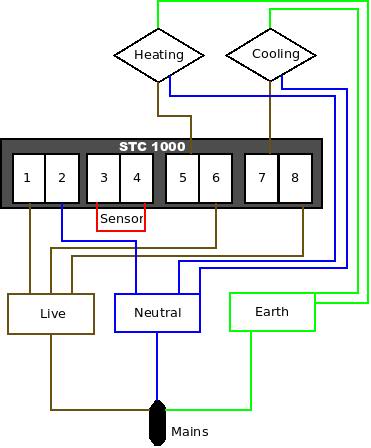Hi everyone,
You can read the last part as some background for what it's for, but basically I need to find/harvest a relay.
Where can I find one that's rated above 10A from old electronics?? I have an old Playstation, old computer parts etc.
Do you think these are salvageable?
Also if you look at the video below, what is the best way to include the relay into the circuit?
-----
I've started a project (building a temperature controller for home brewing beer) and I want to include a relay in it to avoid frying the controller which is rated to 10A. The issue is that when a fridge is connected to the controller and the fridge gets turned on it can draw a current of above 10A for a split second, then drops to 5A or whatever it runs at.
Here is a video of what the controller will look like (i'm using the video as a guide) http://www.youtube.com/watch?v=30TvX1Zz1-Y
Cheers!
Tal
You can read the last part as some background for what it's for, but basically I need to find/harvest a relay.
Where can I find one that's rated above 10A from old electronics?? I have an old Playstation, old computer parts etc.
Do you think these are salvageable?
Also if you look at the video below, what is the best way to include the relay into the circuit?
-----
I've started a project (building a temperature controller for home brewing beer) and I want to include a relay in it to avoid frying the controller which is rated to 10A. The issue is that when a fridge is connected to the controller and the fridge gets turned on it can draw a current of above 10A for a split second, then drops to 5A or whatever it runs at.
Here is a video of what the controller will look like (i'm using the video as a guide) http://www.youtube.com/watch?v=30TvX1Zz1-Y
Cheers!
Tal






